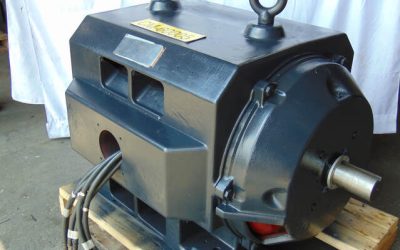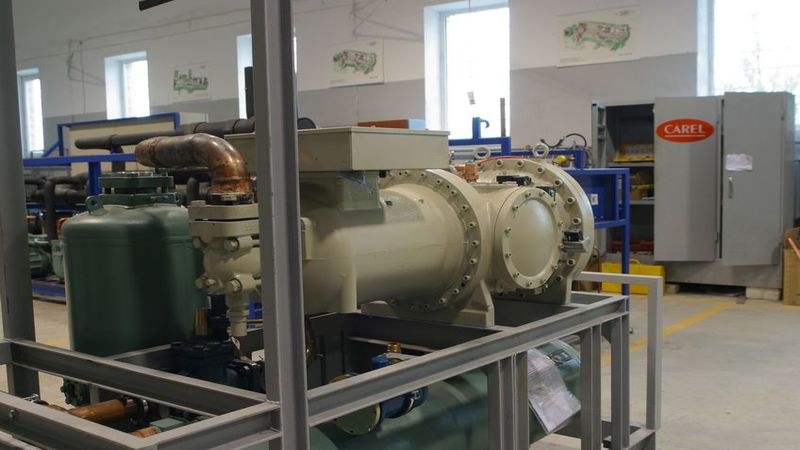A power supply can be described as a device that converts and provides electrical energy, or power, to an electric load. Power supplies have a power input, where energy is received from an energy source and a power output, where converted energy is delivered to the load. Any electric circuit attached to the power output terminals of a power supply is a load. Power supplies are generally regulated to generate a constant amount of power. Line regulation is the change in the output current or voltage due to changes in input voltage and load regulation is the change in the output current or voltage due to changes in the load. Power can be calculated by relating the voltage, V, and current, I, through a load.
Power supplies can be separated into two main types: linear and switching. Linear power supplies process the input power directly, with all active power conversion components operating in their linear operative regions. A control circuit receives voltage feedback and modifies the transistor bias to regulate the voltage output. Switching power supplies convert input power into pulses before further conversion is performed by components that operate mainly in non-linear modes (i.e. transistors that operate mostly in saturation or cutoff). In a switching power supply, the power transistors act as on-off switches that switch at a preset frequency (usually between 30K Hz and 150K Hz).
Linear and switching power supplies have their advantages and disadvantages that make them suitable for different applications. An advantage of a linear power supply is that they are generally noise-free, due to the components consistently operating in their linear regions. However, due to consistent operation, excess power is dissipated as heat, making the efficiency of a linear power supply around 40-50%. A switching power supply, on the other hand, introduces a fairly high amount of noise (due to switching) compared to the linear power supply, but is about 80-90% efficient. Linear power supplies are also easier to manufacture, design and maintain due to the extra circuitry required for switching power supplies to filter out adequate amounts of noise. Linear power supplies require large transformers and heat sinks whereas switching power supplies require smaller transformers (due to switching frequency inducing a high rate of change of the magnetic field) and fewer heat sinks. This makes linear power supplies heavier than switching power supplies. Linear power supplies are known to be more reliable due to simpler circuitry design.
Amp-Line Corp.’s (ALC) regulated linear AC power supplies can produce power outputs in constant voltage or constant current mode. ALC’s linear power sources range from 50 W – 1400 W with various output frequency ranges, low amounts of noise and exceptional line and load regulation. They are perfect for applications sensitive to regulation and noise.



